Car body style on:
[Wikipedia]
[Google]
[Amazon]
There are many types of car body styles. They vary depending on intended use, market position, location, and the era they were made in.
 ;
;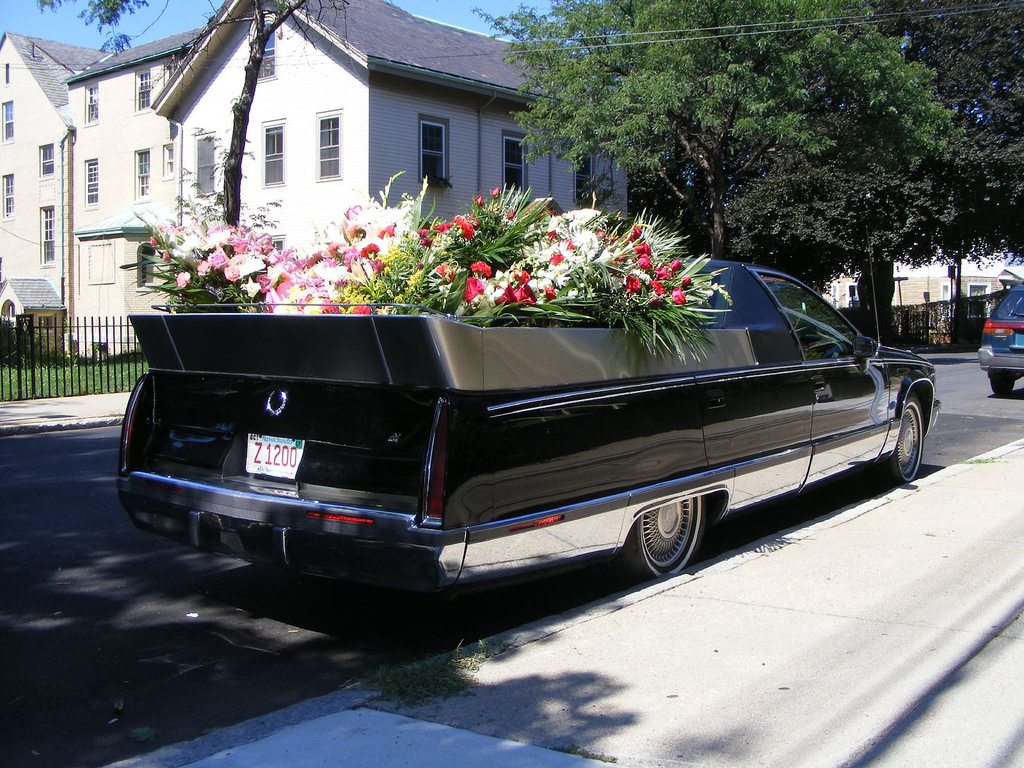 ;
;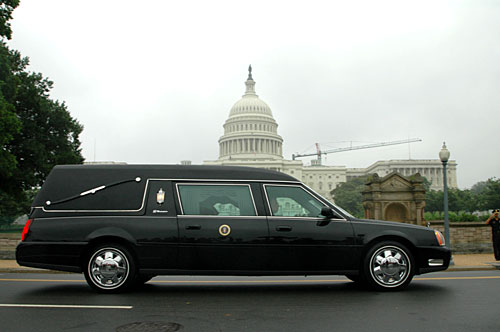 ;
;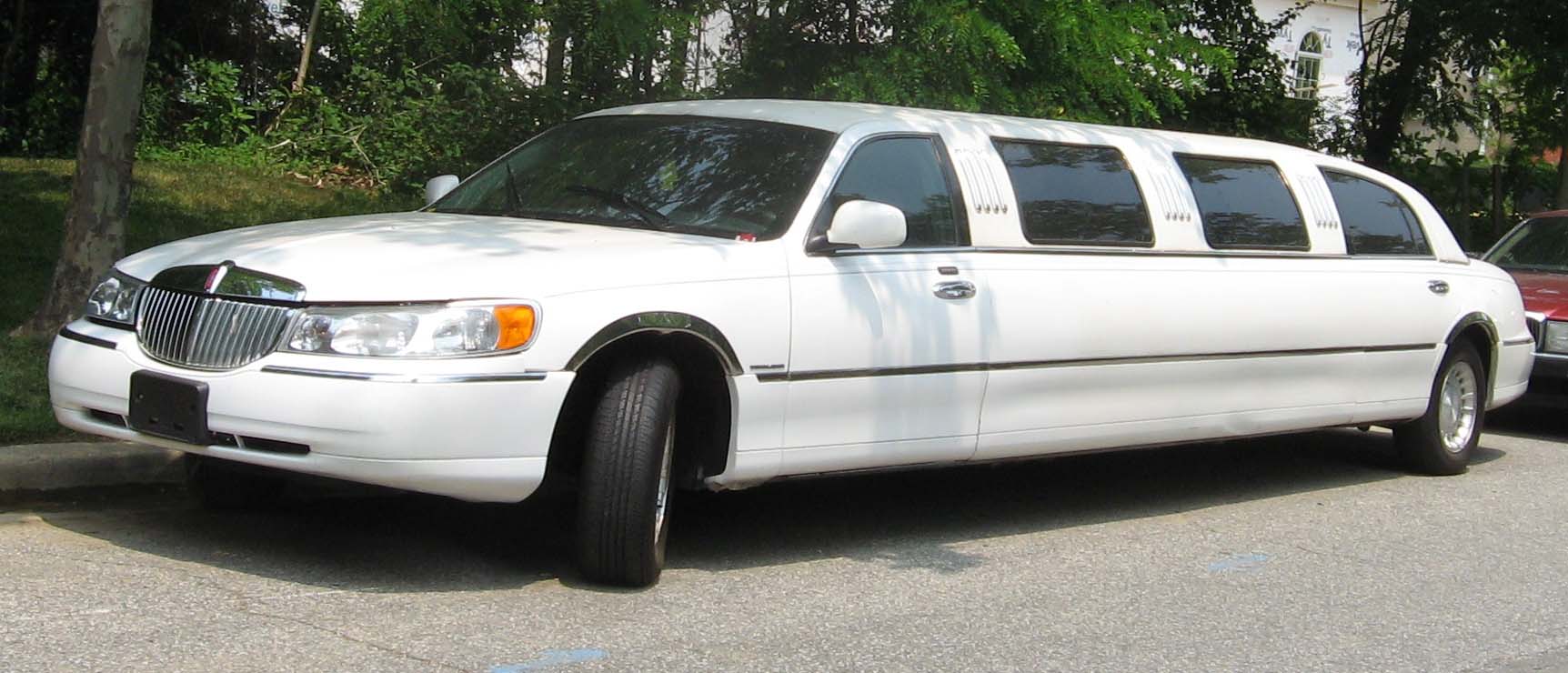 ;
; :The smallest size of minivan/MPV.
:The smallest size of minivan/MPV.
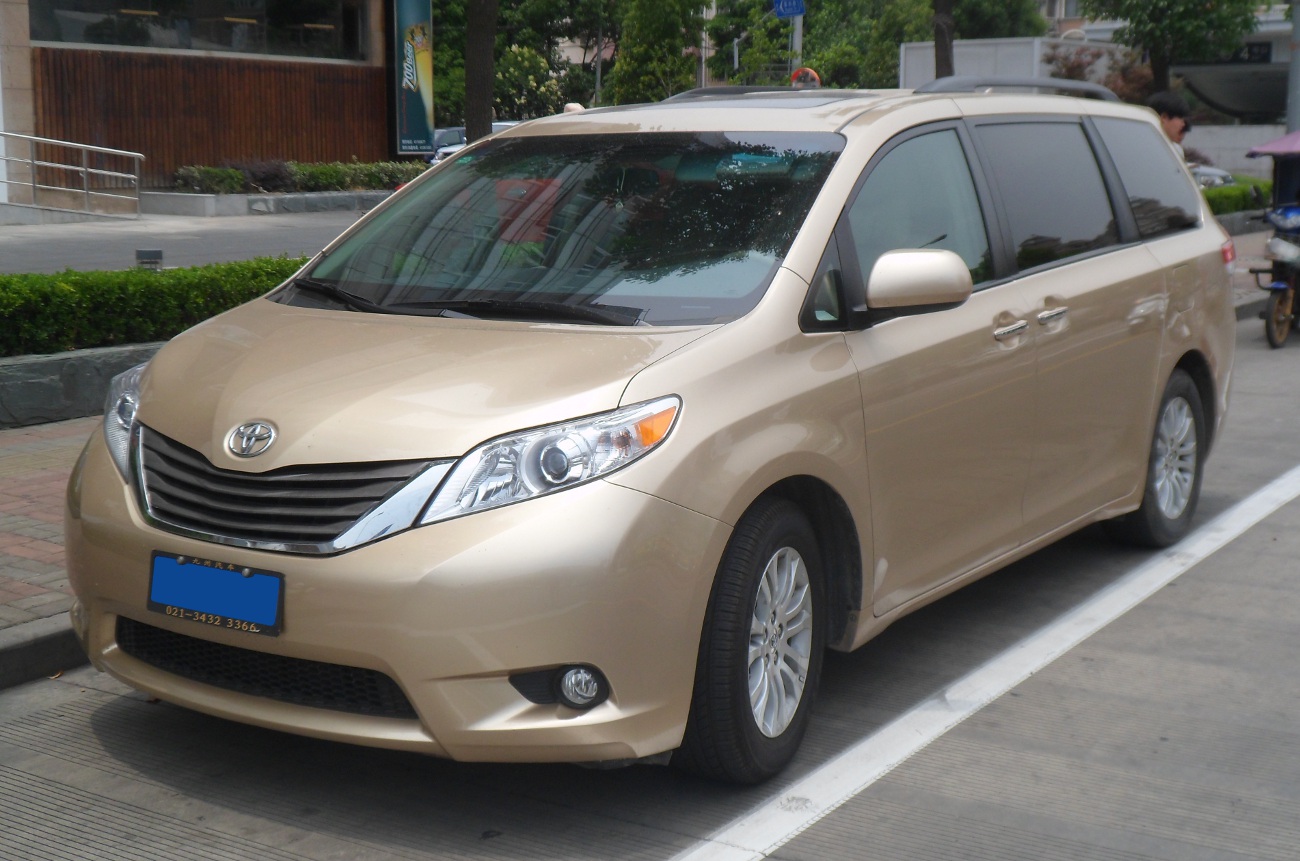 ;
; ;
; ; Roadster:
: An open two-seat car with emphasis on sporting appearance or character. Initially, an American term for a two-seat car with no weather protection, usage has spread internationally and has evolved to include two-seat convertibles.
; Roadster:
: An open two-seat car with emphasis on sporting appearance or character. Initially, an American term for a two-seat car with no weather protection, usage has spread internationally and has evolved to include two-seat convertibles.
 ; Sedan / saloon
: A fixed-roof car in a three-box design with separate compartments for engine, passenger, and cargo. Sedans can have 2 or 4-doors. A sedan is called a "berlina" in Spanish and Italian, or a "berline" in French.
;
; Sedan / saloon
: A fixed-roof car in a three-box design with separate compartments for engine, passenger, and cargo. Sedans can have 2 or 4-doors. A sedan is called a "berlina" in Spanish and Italian, or a "berline" in French.
; ;
; ;
;
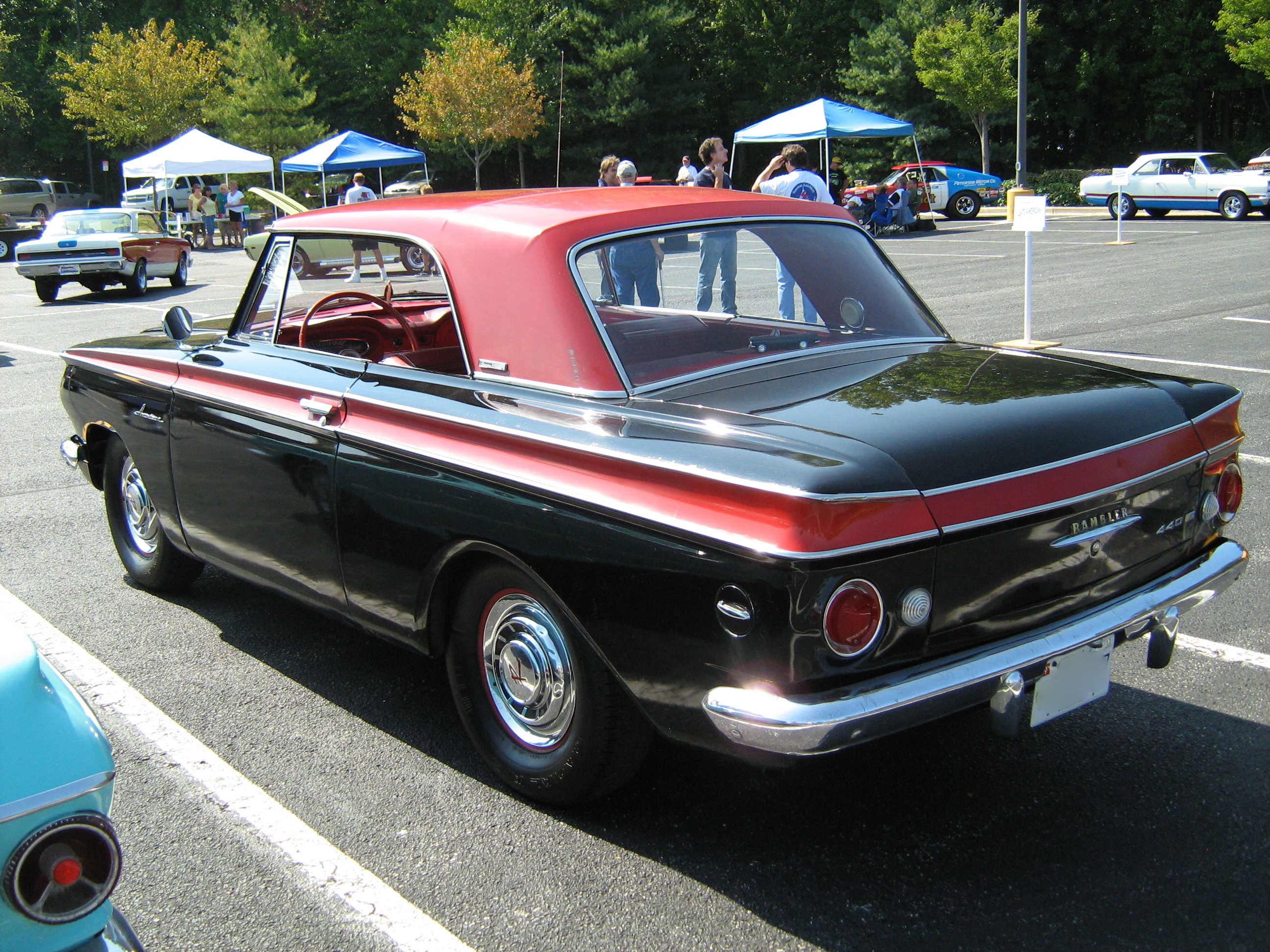 ;
;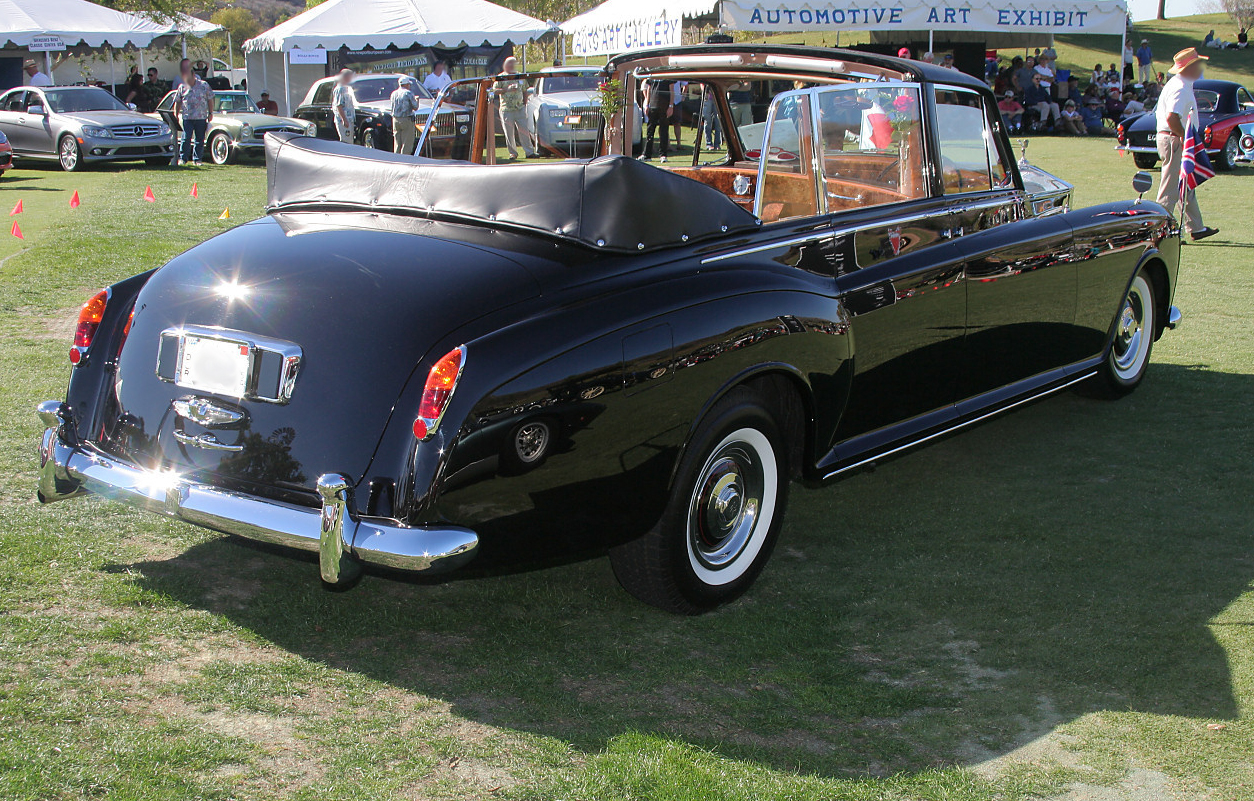 ; Landaulet
: A car where the rear passengers are covered by a convertible top. Often the driver is separated from the rear passengers with a partition, as per a limousine.
;
; Landaulet
: A car where the rear passengers are covered by a convertible top. Often the driver is separated from the rear passengers with a partition, as per a limousine.
; ; Runabout
: A light, inexpensive, open car with basic bodywork and no windshield, top, or doors. Most runabouts had just a single row of seats, providing seating for two passengers.
; Runabout
: A light, inexpensive, open car with basic bodywork and no windshield, top, or doors. Most runabouts had just a single row of seats, providing seating for two passengers.
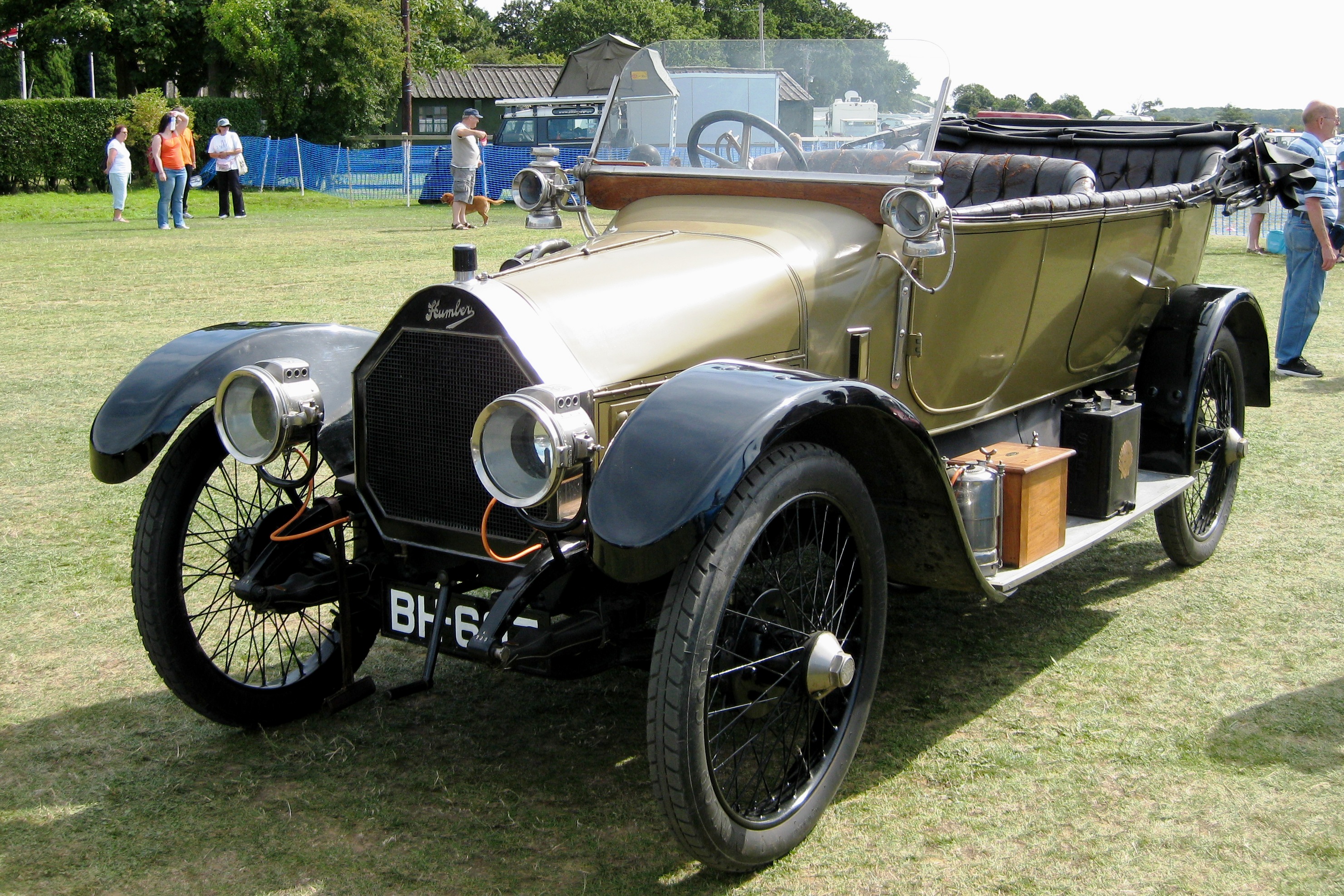 ;
;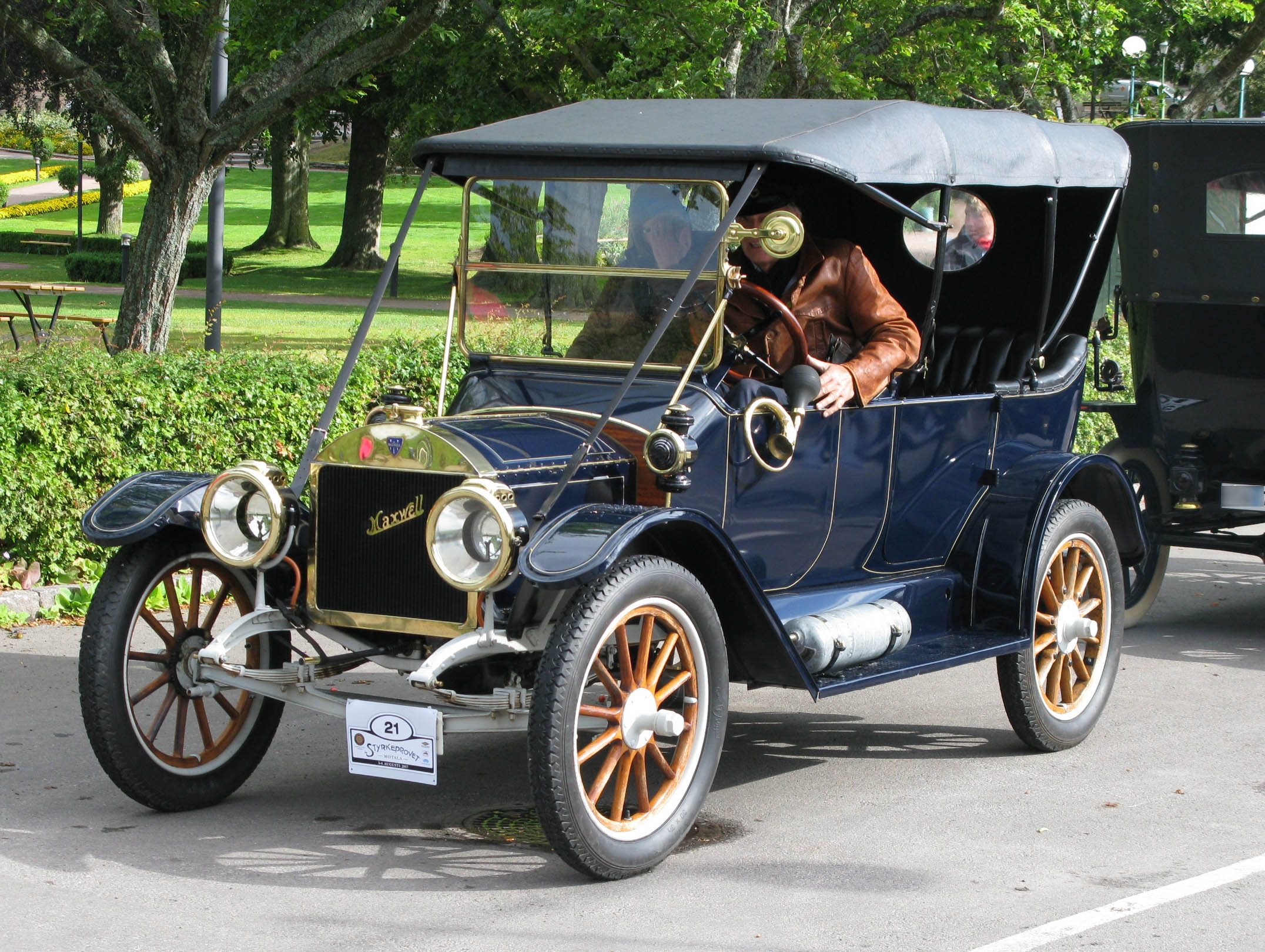 ; Touring
: A style of open car built in the United States which seats four or more people. The style was popular from the early 1900s to the 1930s.
; Touring
: A style of open car built in the United States which seats four or more people. The style was popular from the early 1900s to the 1930s.
Current styles
; Buggy: Lightweight off-road vehicle with sparse bodywork. ;
;Convertible
A convertible or cabriolet () is a passenger car that can be driven with or without a roof in place. The methods of retracting and storing the roof vary among eras and manufacturers.
A convertible car's design allows an open-air driving expe ...
/ cabriolet :
: Has a retractable or removable roof. A convertible allows an open-air driving experience, with the ability to provide a roof when required. Most convertible roofs are either a folding textile soft-top or a retractable metal roof. Convertibles with a metal roof are sometimes called 'retractable hardtop', 'coupé convertible' or 'coupé cabriolet'.
;Coupé
A coupe or coupé (, ) is a passenger car with a sloping or truncated rear roofline and two doors.
The term ''coupé'' was first applied to horse-drawn carriages for two passengers without rear-facing seats. It comes from the French past parti ...
: Has a sloping rear roofline and generally two doors (although several four-door cars have also been marketed as coupés). Coupés are generally considered more sporty than their sedan counterparts.
 ;
;Flower car
A flower car is a type of vehicle used in the funeral industry of the United States, frequently under the Cadillac brand.https://www.hemmings.com/stories/article/you-dont-bring-me-flowers/amp It is used to carry flowers for the burial service, or ...
: In the US used in the funeral industry to carry flowers for burial services. Typically a coupe-style, forward-passenger compartment with an open well in the rear.
;Hatchback
A hatchback is a car body configuration with a rear door that swings upward to provide access to a cargo area. Hatchbacks may feature fold-down second row seating, where the interior can be reconfigured to prioritize passenger or cargo volume. ...
/ Liftback
: Car with a hatch-type rear door that is hinged at the roof and opens upwards. The term "hatchback" can also refer to that type of rear door, which is also used on several sports cars, SUVs, and large luxury cars.
 ;
;Hearse
A hearse is a large vehicle, originally a horse carriage but later with the introduction of motor vehicles, a car, used to carry the body of a deceased person in a coffin at a funeral, wake, or memorial service. They range from deliberately a ...
/ funeral coach :
: The modification of a passenger car to provide a long cargo area for carrying a coffin or casket. Hearses often have large glass panels for viewing the coffin.
 ;
;Limousine
A limousine ( or ), or limo () for short, is a large, chauffeur-driven luxury vehicle with a partition between the driver compartment and the passenger compartment.
A very long wheelbase luxury sedan (with more than four doors) driven by a pr ...
:
: A luxury vehicle driven by a chauffeur with a partition between the driver's compartment and the passenger's compartment. In many European languages, the term simply means a sedan.
;Microvan
A microvan is a van or minivan which is within the Japanese kei car classification or similar, and is smaller than a mini MPV. In China, these vehicles are nicknamed ''mian bao che'' ("bread-loaf vehicle") because of their shape.
:  :The smallest size of minivan/MPV.
:The smallest size of minivan/MPV.
 ;
;Minivan
Minivan (sometimes called simply as van) is a North American car classification for vehicles designed to transport passengers in the rear seating row(s), with reconfigurable seats in two or three rows. The equivalent classification in Europe is ...
/ multi-purpose vehicle (MPV) / people carrier / people mover :
: Vehicle designed to transport passengers in the rear seating row(s) with reconfigurable seats in two or three rows. Typically has a combined passenger and cargo area, a high roof, a flat floor, a sliding door for rear passengers, and high H-point seating. In Europe, some small minivans have been marketed as 'leisure activity vehicles'.
;Panel van
A panel van, also known as a blind van, car-derived van (United Kingdom) or sedan delivery (United States), is a small cargo vehicle with a passenger car chassis, typically with a single front bench seat and no side windows behind the B-pillar. ...
/ car-derived van / sedan delivery :
: A cargo vehicle based upon passenger car chassis and typically has one row of seats with no side windows at the rear. Panel vans are smaller than panel trucks and cargo vans, both of which are built on a truck chassis.
 ;
;Panel truck
A panel truck (also called a panel delivery or pickup truck-based van) in U.S. and Canadian usage is a small delivery truck with a fully enclosed body. It typically is high and has no rear windows in the rear cargo area. The term was first use ...
:
: A pickup truck
A pickup truck or pickup is a light-duty truck that has an enclosed cabin, and a back end made up of a cargo bed that is enclosed by three low walls with no roof (this cargo bed back end sometimes consists of a tailgate and removable covering) ...
that has a fully enclosed truck topper in its back, giving it a van
A van is a type of road vehicle used for transporting goods or people. Depending on the type of van, it can be bigger or smaller than a pickup truck and SUV, and bigger than a common car. There is some varying in the scope of the word across th ...
-like appearance.
;Pickup truck
A pickup truck or pickup is a light-duty truck that has an enclosed cabin, and a back end made up of a cargo bed that is enclosed by three low walls with no roof (this cargo bed back end sometimes consists of a tailgate and removable covering) ...
/ pickup :
: A light-duty, open-bed truck. In South Africa, a pickup truck is called a "bakkie".
 ; Roadster:
: An open two-seat car with emphasis on sporting appearance or character. Initially, an American term for a two-seat car with no weather protection, usage has spread internationally and has evolved to include two-seat convertibles.
; Roadster:
: An open two-seat car with emphasis on sporting appearance or character. Initially, an American term for a two-seat car with no weather protection, usage has spread internationally and has evolved to include two-seat convertibles.
 ; Sedan / saloon
: A fixed-roof car in a three-box design with separate compartments for engine, passenger, and cargo. Sedans can have 2 or 4-doors. A sedan is called a "berlina" in Spanish and Italian, or a "berline" in French.
;
; Sedan / saloon
: A fixed-roof car in a three-box design with separate compartments for engine, passenger, and cargo. Sedans can have 2 or 4-doors. A sedan is called a "berlina" in Spanish and Italian, or a "berline" in French.
;Shooting-brake
Shooting brake (sometimes mis-identified as "shooting break") is a car body style which originated in the 1890s as a horse-drawn wagon used to transport shooting parties with their equipment and game.
The first automotive shooting brakes were ...
:
: Initially a vehicle used to carry shooting parties with their equipment and game
A game is a structured form of play, usually undertaken for entertainment or fun, and sometimes used as an educational tool. Many games are also considered to be work (such as professional players of spectator sports or games) or art (suc ...
; later used to describe custom-built wagons by high-end coachbuilders, subsequently synonymous with station wagon
A station wagon ( US, also wagon) or estate car ( UK, also estate), is an automotive body-style variant of a sedan/saloon with its roof extended rearward over a shared passenger/cargo volume with access at the back via a third or fifth door ( ...
/ estate car; and in contemporary usage a three or five-door wagons combining features of a station wagon
A station wagon ( US, also wagon) or estate car ( UK, also estate), is an automotive body-style variant of a sedan/saloon with its roof extended rearward over a shared passenger/cargo volume with access at the back via a third or fifth door ( ...
and a coupé
A coupe or coupé (, ) is a passenger car with a sloping or truncated rear roofline and two doors.
The term ''coupé'' was first applied to horse-drawn carriages for two passengers without rear-facing seats. It comes from the French past parti ...
.
 ;
;Station wagon
A station wagon ( US, also wagon) or estate car ( UK, also estate), is an automotive body-style variant of a sedan/saloon with its roof extended rearward over a shared passenger/cargo volume with access at the back via a third or fifth door ( ...
/ estate car
: Has a two-box design, a large cargo area, and a rear tailgate that is hinged to open for access to the cargo area. The body style is similar to a hatchback car; however, station wagons are longer and are more likely to have the roofline extended to the rear of the car (resulting in a vertical rear surface to the car) to maximize the cargo space. In French, a station wagon is called a "break
Break or Breaks or The Break may refer to:
Time off from duties
* Recess (break), time in which a group of people is temporarily dismissed from its duties
* Break (work), time off during a shift/recess
** Coffee break, a short mid-morning rest ...
".
 ;
;Targa top
Targa top, or targa for short, is a semi-convertible car body style with a removable roof section and a full width roll bar behind the seats. The term was first used on the 1966 Porsche 911 Targa, and it remains a registered trademark of Porsc ...
:
: A semi-convertible style used on some sports cars, featuring a fully removable soft or hard roof panel that leaves the A and B pillars
A column or pillar in architecture and structural engineering is a structural element that transmits, through compression, the weight of the structure above to other structural elements below. In other words, a column is a compression member. ...
in place on the car body.
; Ute / coupe utility
A coupe or coupé (, ) is a passenger car with a sloping or truncated rear roofline and two doors.
The term ''coupé'' was first applied to horse-drawn carriages for two passengers without rear-facing seats. It comes from the French past parti ...
:
: Based on a passenger sedan chassis and has a cargo tray in the rear integrated with the passenger body (as opposed to a pickup truck
A pickup truck or pickup is a light-duty truck that has an enclosed cabin, and a back end made up of a cargo bed that is enclosed by three low walls with no roof (this cargo bed back end sometimes consists of a tailgate and removable covering) ...
, which has a separate cargo tray). In Australia, the term "ute" was originally used solely for coupe utility cars; however, in recent years, it has also been used for pickup trucks.
Historic styles
; Baquet : Has two rows of raised seats, similar to horse-drawn carriages; usually did not have front doors, a roof or a windshield. The baquet ("bath tub") style was produced in the early 1900s in Europe. :Also a marketing term used on cars built in the United States in the 1920s and 1930s. ;Barchetta
Barchetta () is an Italian word commonly translated into English as "little boat". The term originally referred to a small skiff used for recreational purposes. It is also applied to some items of clothing, as well as being used in automobile styli ...
: Italian two-seat sports car with either an open-top or convertible roof. The term was originally used for lightweight open-top racing cars of the late 1940s through the 1950s. Since the 1950s, the name barchetta ("little boat" in Italian) has been revived on several occasions, mostly for cars with convertible roofs that are not specifically intended for racing.
;Berlinetta
A berlinetta (from it, berlinetta; ) is a sports coupé, typically with two seats but also including 2+2 cars. The original meaning for ''berlinetta'' in Italian is “little saloon”. Introduced in the 1930s, the term was popularised by Ferr ...
: Italian sports coupé, typically with two seats but also including 2+2 cars. The original meaning for berlinetta in Italian is "little saloon."
;Cabrio coach
A cabrio coach or semi-convertible is a type of car that has a retractable textile roof, similar to a convertible/cabriolet. The difference is that where a convertible often has the B-pillar, C-pillar and other bodywork removed, the cabrio coach ...
: A retractable textile roof, similar to a convertible/cabriolet. The difference is that where a convertible often has the B-pillar, C-pillar and other bodywork removed, the cabrio-coach retains all bodywork to the top of the door frames and just replaces the roof skin with a retractable fabric panel.
;Coupé de ville
Coupé de ville — also known as town car or sedanca de ville — is a car body style produced from 1908 to 1939 with an external or open-topped driver's position and an enclosed compartment for passengers. Although the different terms may ha ...
/ Sedanca de ville / town car
: An external or open-topped driver's position and an enclosed compartment for passengers. Produced from 1908 until 1939. Although the different terms may have once had specific meanings for certain car manufacturers or countries, the terms are often used interchangeably.
: Some coupé de villes have the passengers separated from the driver in a fully enclosed compartment, while others have a canopy for the passengers and no partition between the driver and the passengers (therefore passengers enter the compartment via the driver's area).
 ;
;Hardtop
A hardtop is a rigid form of automobile roof, which for modern cars is typically constructed from metal. A hardtop roof can be either fixed (i.e. not removable), detachable for separate storing or retractable within the vehicle itself.
The ...
: Usually describes pillarless hardtops that are cars without a B-pillar
The pillars on a car with permanent roof body style (such as four-door Sedan (automobile), sedans) are the vertical or nearly vertical supports of its window area or Greenhouse (automotive), greenhouse—designated respectively as the ''A, B, ...
often styled to give the appearance of a convertible. Popular in the United States from the mid 1950s through the mid 1970s.
: It also refers to a separate top that is removable and made of metal or other hard material for sports cars or small SUVs.
 ; Landaulet
: A car where the rear passengers are covered by a convertible top. Often the driver is separated from the rear passengers with a partition, as per a limousine.
;
; Landaulet
: A car where the rear passengers are covered by a convertible top. Often the driver is separated from the rear passengers with a partition, as per a limousine.
;Personal luxury car
Personal luxury car is a North American car classification describing somewhat sporty, sophisticated mass-market coupés that emphasized comfort over performance. The North American manufacturers most often combined engineering, design, and mar ...
: American luxury coupés and convertibles produced from 1952 to 2007. The cars prioritized comfort, styling, and a high level of interior features.
; Phaeton
: An open-roof automobile without any fixed weather protection, which was popular from the 1900s until the 1930s.
; Roadster utility
: An open-topped roadster body and a rear cargo bed.
 ; Runabout
: A light, inexpensive, open car with basic bodywork and no windshield, top, or doors. Most runabouts had just a single row of seats, providing seating for two passengers.
; Runabout
: A light, inexpensive, open car with basic bodywork and no windshield, top, or doors. Most runabouts had just a single row of seats, providing seating for two passengers.
Torpedo
A modern torpedo is an underwater ranged weapon launched above or below the water surface, self-propelled towards a target, and with an explosive warhead designed to detonate either on contact with or in proximity to the target. Historically, ...
: Body style was a type of automobile body used from 1908 until the mid-1930s, which had a streamlined profile and a folding or detachable soft top
A convertible or cabriolet () is a passenger car
A car or automobile is a motor vehicle with wheels. Most definitions of ''cars'' say that they run primarily on roads, seat one to eight people, have four wheels, and mainly transport p ...
. The design consists of a hood or bonnet line raised to be level with the car's waistline, resulting in a straight beltline
The Atlanta BeltLine (also Beltline or Belt Line) is a open and planned loop of multi-use trail and light rail transit system on a former railway corridor around the core of Atlanta, Georgia. The Atlanta BeltLine is designed to reconnect nei ...
from front to back.
 ; Touring
: A style of open car built in the United States which seats four or more people. The style was popular from the early 1900s to the 1930s.
; Touring
: A style of open car built in the United States which seats four or more people. The style was popular from the early 1900s to the 1930s.
See also
*Automotive design
Automotive design is the process of developing the appearance (and to some extent the ergonomics) of motor vehicles - including automobiles, motorcycles, trucks, buses, coaches, and vans.
The functional design and development of a modern m ...
*Car classification
Governments and private organizations have developed car classification schemes that are used for various purposes including regulation, description, and categorization of cars.
The International Standard ISO 3833-1977 ''Road vehicles – Type ...
*Car model
The model of a car is its design, in the context of the manufacturer's range or series of cars. Different models are distinguishable by technology, components, underpinnings, and/or style and appearance.
The methods used to categorise cars into ...
*Vehicle size class
Vehicle size classes are series of ratings assigned to different segments of automotive vehicles for the purposes of vehicle emissions control and fuel economy calculation. Various methods are used to classify vehicles; in North America, passe ...
*Car body configurations
The configuration of a car body is typically determined by the layout of the engine, passenger and luggage compartments, which can be shared or separately articulated. A key design feature is the car's roof-supporting pillars, designated from fron ...
References
Bibliography
* * {{DEFAULTSORT:Car Body Style